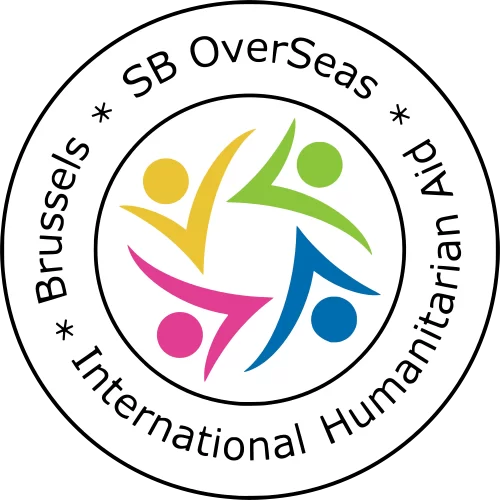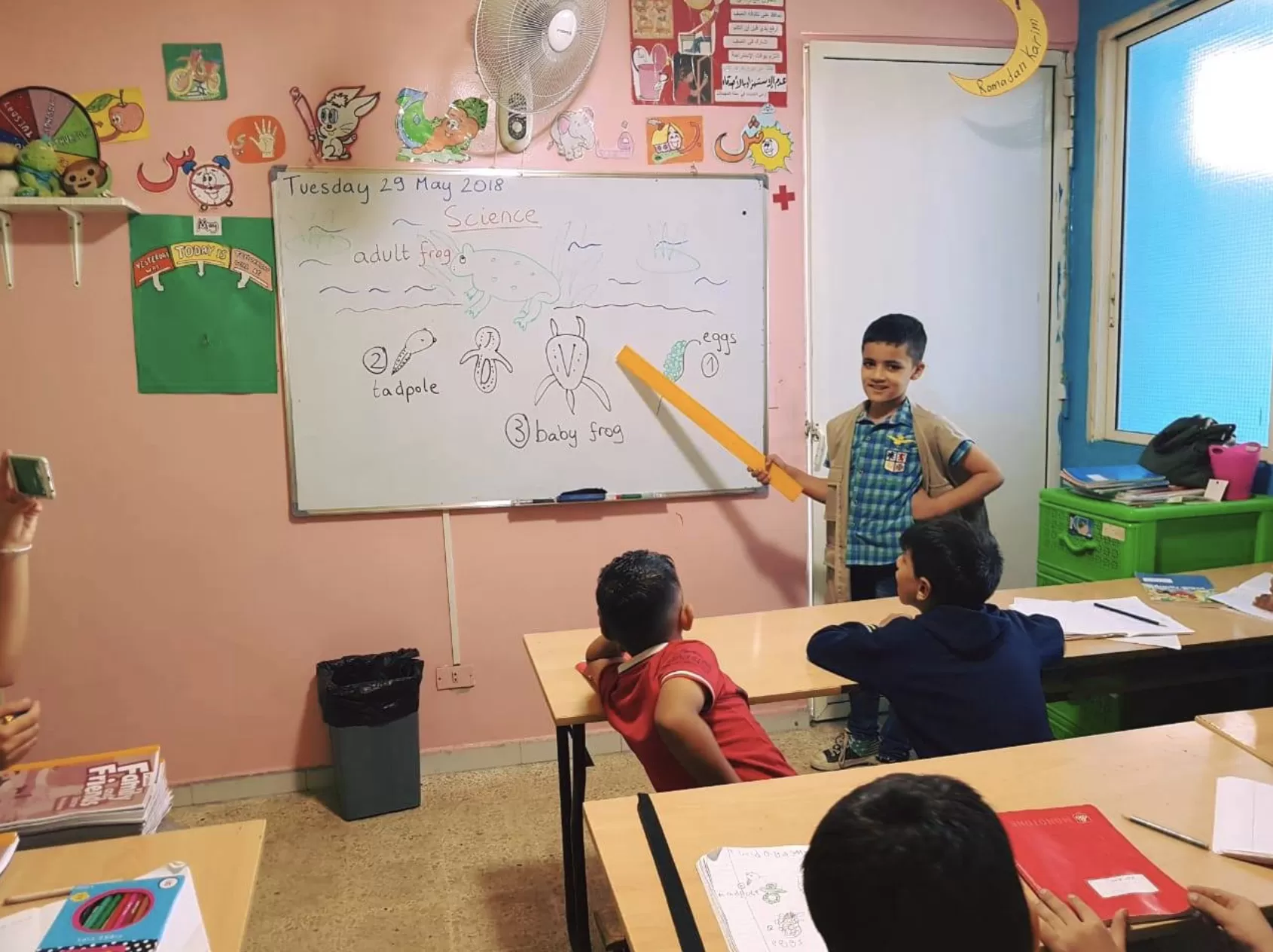SB OverSeas is releasing this report proving an overview of the situation for education of Syrian refugees in Lebanon and the challenges that our team has encountered.
Read the full report here: Education for Syrian refugees in Lebanon
Here is a brief excerpt:
… All children in Lebanon, including Syrian refugees, have a right to free and compulsory primary education under international law.12 It is generally acknowledged that although Lebanon is not signatory to the Refugee Convention, it has provided for an inclusive theoretical policy framework, which aims to provide all school-aged Syrian refugees with education. Steps have been taken to allow refugees without proof of residency to enroll in schools and so-called “second shifts” have been set up, allowing over 300 public schools14 to provide Syrian children with formal education in 2017.15 In previous years, during the months before the start of the new academic year, UNICEF launched a ‘Back to School’ campaign, during which they conduct outreach to ensure and assist Syrian out-of-school children in Lebanon to enroll in Lebanese public schools. And each year since the start of the Syrian crisis, the number of Syrian children enrolled in Lebanese public schools has steadily increased. The Ministry of Education and Higher Education (MEHE) set up a plan called ‘Reaching All Children with Education’ (RACE) with support from international donor agencies and strives to provide free education. At the start of 2016, students aged 7-17 who have been out of school for more than two years had an opportunity to attend the so-called Accelerated Learning Program (ALP) set up by MEHE. Although the number of enrollments and spaces in classrooms have increased every year of the crisis in Syria, still a significant number of parents find themselves obliged to say, “our children are growing up without an education.” An estimated 36 percent of those aged 6 to 14 remain out of school, meaning they do not access to formal education. Despite past efforts, the percentage of out of school children this school year did not follow the trend of previous years due to a significant funding gap affecting MEHE and UNICEF. Only students qualifying for so-called prep-ECE and those entering grade 1 were able to enroll in public schools depending on available spaces, while no other new students could enroll. In the4 ALP, only students who needed to complete one more cycle (out of three) were able to reenroll. Many parents are going out of their way to ensure access to education for their children. Some have entered into significant debts to pay for transport or educational materials, others have gathered their belongings and moved to the vicinity of schools that would possibly accept their children…

